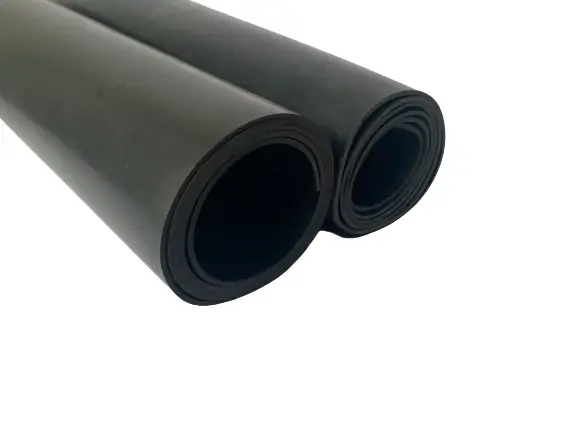Nov . 23, 2024 07:13 Back to list
weather stripping for windows and doors
Weather Stripping for Windows and Doors An Essential Guide
In the quest for energy efficiency and comfort in our homes, weather stripping has emerged as a crucial element that homeowners, builders, and contractors should take seriously. This simple yet effective technique allows for improved insulation, energy conservation, and increased comfort by sealing gaps around windows and doors that can lead to draftiness and energy loss.
What is Weather Stripping?
Weather stripping is a material used to seal the gaps between windows or doors and their frames. This helps prevent air leaks, which can lead to significant energy loss, especially in extreme weather conditions. By minimizing drafts and maintaining a stable indoor temperature, weather stripping enhances the overall comfort of living spaces while also reducing heating and cooling costs.
Types of Weather Stripping
There are various types of weather stripping materials available, each suited for different needs. Here are some of the most common types
1. V-Seal (Flexible V Strip) Made from vinyl or metal, this type of weather stripping is versatile and can be used to create a tight seal on both windows and doors. It is easy to install and provides excellent durability.
2. Felt Weather Stripping This type consists of compressed wool or synthetic fibers. It is ideal for interior applications due to its softness and ease of installation. However, it may not withstand harsh weather conditions as effectively as other materials.
3. Foam Tape Comprised of open or closed-cell foam, this weather stripping is easy to apply and is great for irregular gaps. Foam tape is often used for sealing around windows and it provides a good thermal barrier.
4. Door Sweeps Designed to be attached to the bottom of doors, door sweeps block drafts, dirt, and moisture from entering a home. They typically come in rubber, vinyl, or metal.
weather stripping for windows and doors

5. Magnetic Weather Stripping Similar to refrigerator door seals, magnetic weather stripping works to create a tight seal when two magnetic strips come together. It is commonly used for storm windows and doors.
Installation Tips
Installing weather stripping is a straightforward process, but ensuring that it is done correctly is vital for maximum effectiveness. Here are some tips
1. Clean the Surface Before installation, make sure to clean the areas where the weather stripping will be applied. Remove any dust, dirt, or old weather stripping residue.
2. Measure Accurately Measure the length of the gaps around the windows and doors. Accurate measurements will ensure that you purchase the correct amount of weather stripping.
3. Choose the Right Adhesive If your weather stripping is adhesive-backed, select one that is durable and suitable for the material you are applying it to.
4. Test Fit Before Final Application Cut the weather stripping to size and test fit it before permanently adhering it to ensure a proper seal.
5. Regular Maintenance Inspect weather stripping regularly for signs of wear and tear. Replacing any damaged sections quickly will help maintain energy efficiency.
Conclusion
Investing in weather stripping for windows and doors can lead to significant energy savings and enhanced comfort in your home. With various types available and an easy installation process, it's an effective solution for managing indoor temperatures. By taking this proactive step, homeowners can protect their living spaces from unwanted air leaks and contribute to a more sustainable environment. Embrace weather stripping as a simple yet transformative upgrade to your home that pays dividends in comfort and cost savings.
Next:
Prev:




